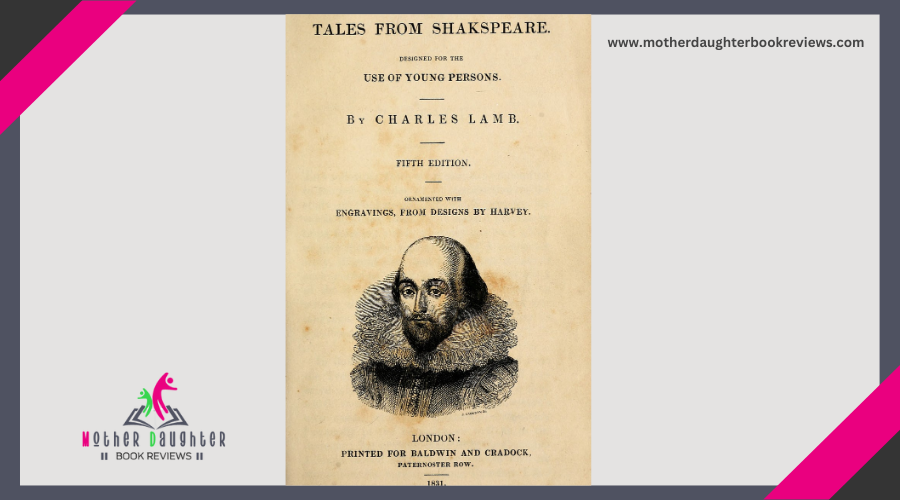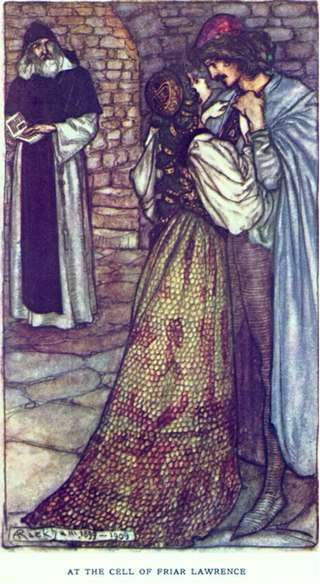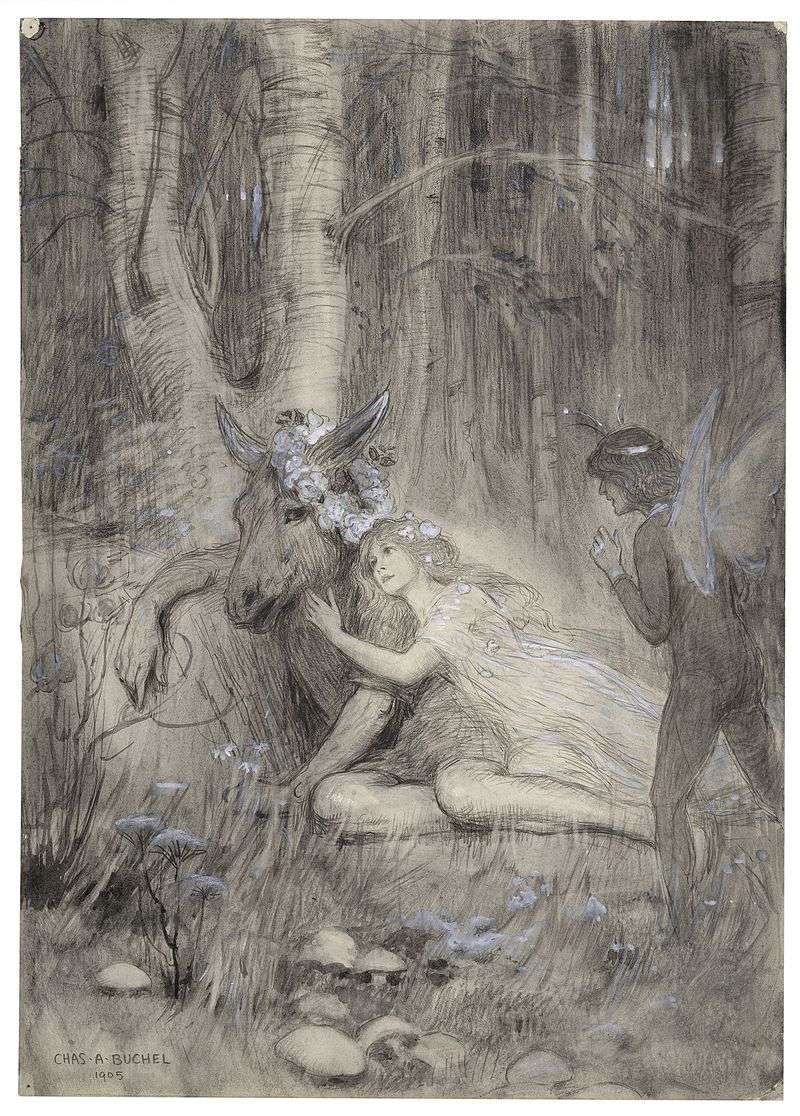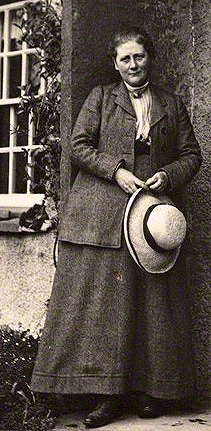Stories of Drama and Comedy Retold for Children in Tales From Shakespeare

In "Tales From Shakespeare," you'll find classic dramas and comedies reimagined for young readers. These retellings simplify intricate plots and archaic language, making them engaging and accessible. Stories like "Macbeth" and "A Midsummer Night's Dream" are adapted with modern terms and lively illustrations. By focusing on core themes like ambition, forgiveness, and true love, these stories teach valuable moral lessons. Characters like Romeo and Juliet or Hamlet and Ophelia come to life, inspiring a love for literature.
The Magic of Retellings
Amidst the rich tapestry of literature, the magic of retellings allows classic tales to be woven anew, especially for young readers. You can transform these timeless stories, adding fresh perspectives and contemporary twists that resonate with today's children. Retellings breathe life into the narratives, making them accessible and engaging for young minds who might struggle with original, archaic texts.
When you investigate retellings, you simplify complex plots and archaic language, ensuring that the essence of the story remains intact while being comprehensible. You bridge the gap between past and present, allowing children to enjoy and learn from these classic stories without feeling overwhelmed. By focusing on the core themes, characters, and moral lessons, you make these timeless tales relevant and relatable.
Additionally, retellings can be a fantastic way to introduce young readers to diverse cultures and historical contexts. You enable them to examine different worlds and viewpoints, fostering empathy and understanding. With creativity, you can infuse these stories with lively illustrations and engaging prose, enchanting young audiences. Ultimately, retellings hold the power to inspire a lifelong love for literature in children, sparking their imaginations and broadening their horizons.
Making Shakespeare Kid-Friendly
Transforming Shakespeare's works into kid-friendly versions requires creativity and empathy. You'll need to understand the essence of Shakespeare's stories and characters while simplifying the language and themes to suit a younger audience. Start by identifying the core message of each play. What are the key lessons? Regardless of the value of friendship in "A Midsummer Night's Dream" or the perils of ambition in "Macbeth," focus on these universal themes that can resonate with children.
Next, adapt the language. Shakespeare's original text is beautiful but can be complex for kids. Use modern, easy-to-understand language while keeping the dialogue engaging. Don't shy away from humor and light-hearted moments—kids love to laugh, and Shakespeare's comedies offer plenty of opportunities for this.
Lastly, guarantee that the stories are suitable for children. Some of Shakespeare's themes can be dark or mature, so it's vital to present these elements in a way that's appropriate for kids. You might need to omit or alter certain scenes to make the narrative more accessible. By doing so, you'll create an enchanting, educational experience that introduces young readers to the world of Shakespeare.

Tragedies Transformed
Turning Shakespeare's tragedies into stories suitable for children is a delicate but rewarding endeavor. You want to capture the essence of the original tales while making them accessible and appropriate for younger audiences. Start by simplifying the complex language and intricate plots without losing the emotional depth and moral lessons.
For instance, in "Macbeth," you can focus on the themes of ambition and consequences. Simplify the plot to highlight Macbeth's rise and fall, ensuring the violence is toned down. Emphasize the importance of making good choices and the repercussions of bad ones. Likewise, in "Hamlet," you can concentrate on the themes of loyalty and justice. Present Hamlet's quest to avenge his father in a way that underscores the importance of truth and bravery, while omitting the more gruesome elements.
When retelling "Romeo and Juliet," highlight the themes of love and family conflict. You can frame the story as a lesson about the importance of communication and understanding, avoiding the tragic ending by suggesting a hopeful resolution instead. By transforming these tragedies thoughtfully, you can introduce children to Shakespeare's works in a way that's both engaging and enriching.

Comedies Simplified
Shakespeare's comedies, with their witty dialogues and playful scenarios, are perfect for enchanting young audiences. Simplifying these stories guarantees kids can grasp the humor and enjoy the twists and turns. Tales From Shakespeare takes the complexities of the original texts and distills them into easily understandable narratives without losing the charm and spirit of the plays.
When you plunge into these simplified versions, you'll find that the essence of each comedy remains intact. The playful misunderstandings in "A Midsummer Night's Dream" or the clever disguises in "Twelfth Night" become even more delightful when told in a straightforward manner. These retellings highlight the joy and laughter inherent in Shakespeare's work, making them accessible and enjoyable for children.
Key Characters to Know
When diving into Shakespeare's tales, knowing the essential characters can make the stories even more engaging for young readers. In "Romeo and Juliet," you'll find Romeo Montague and Juliet Capulet, star-crossed lovers whose families are bitter enemies. Their passionate and tragic love story captivates audiences of all generations.
In "A Midsummer Night's Dream," meet Puck, the mischievous fairy who delights in creating chaos. Oberon and Titania, the fairy king and queen, also play vital roles in this magical comedy. The human characters, like Hermia and Lysander, add layers of romance and confusion that keep the story lively.
"Macbeth" introduces you to Macbeth and Lady Macbeth, ambitious and complex characters whose desire for power leads to their downfall. The three witches, with their eerie prophecies, set the dark tone of the play.
In "Hamlet," Prince Hamlet struggles with the ghost of his father and his quest for revenge. Significant characters like Ophelia and King Claudius add depth to this intense drama.

Moral Lessons Highlighted
Understanding the key characters is just the beginning; their actions and decisions reveal profound moral lessons that resonate with young readers. Through the retelling of Shakespeare's tales, children learn about the consequences of ambition, the value of forgiveness, and the importance of honesty. For instance, in "Macbeth," they see how unchecked ambition leads to Macbeth's downfall, teaching the dangers of overreaching desires.
In "The Tempest," the theme of forgiveness is front and center. Prospero's choice to forgive those who wronged him, rather than seek revenge, demonstrates the power and peace that come with letting go of grudges. This lesson encourages children to practice forgiveness in their own lives.
Honesty is another key moral lesson, clearly depicted in "Othello." The tragic consequences of Iago's deceit show young readers the destructive power of lies and the importance of being truthful.
These stories, while filled with drama and comedy, are more than just entertaining tales. They offer valuable moral lessons that help shape young minds, guiding them to reflect on their actions and understand the virtues of ambition, forgiveness, and honesty.
Engaging Young Readers
How can you capture the imagination of young readers with tales as intricate as Shakespeare's? Start by simplifying the language without losing the essence of the story. Young readers need narratives they can easily follow, so use clear, relatable vocabulary. Break down complex plots into bite-sized chunks, highlighting key events and character motivations.
Visual aids work wonders. Incorporate lively illustrations that bring characters and settings to life. Engaging young minds often means providing visual stimulation that complements the text. Pictures can help them visualize the scenes and feel more connected to the story.
Wrapping Up
Retelling Shakespeare's classic works for children not only makes these timeless stories more accessible but also serves as a gateway to the wonders of literature. Simplified language, engaging illustrations, and a focus on moral lessons ensure that young readers can understand and enjoy the rich narratives while learning valuable life lessons. By transforming tragedies and comedies alike, these adaptations introduce new generations to the brilliance of Shakespeare, encouraging a love for stories, creativity, and critical thinking.




